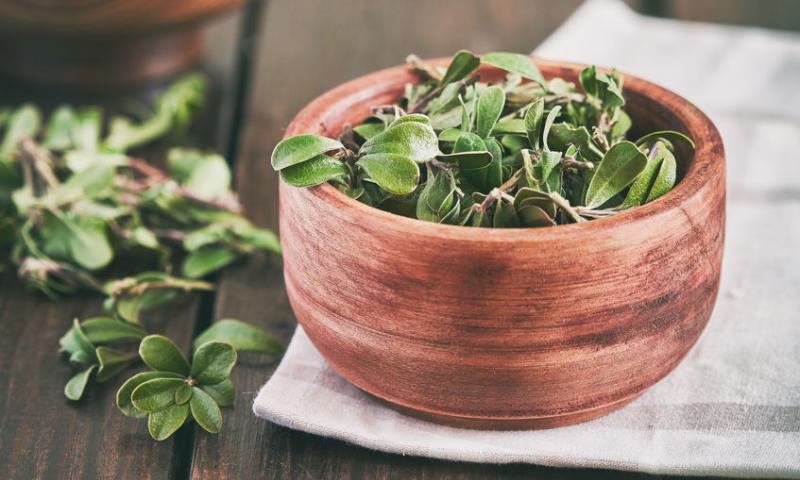 />
/>
COMMON NAME: Uva Ursi
LATIN NAME: Arctostaphylos uva-ursi
OTHER NAME: Bearberry, Beargrape
ORIGIN: Great Britain, Central Europe, Northern Europe
HABITAT: Great Britain, Central Europe, North America, Northern Europe. It grows predominantly in dry pine forests and larch forests, mainly on sandy soil, in birch-larch woodlands, on the meadows, coastal rocks and scree, on gravelly places in the Alpine belt. It prefers open, well-lit places, does not like to grow near other plants. This plant is typical for the forest zone of the Northern Hemisphere.
BOTANICAL INFORMATION: Uva Ursi (lat. Arctostáphylos úva-úris (L.) Spreng.) belongs to the Ericaceae family. The genus Arctostaphylos includes over 30 species widely distributed in the Northern Hemisphere. Uva Ursi is a perennial evergreen outspread shrub, can reach up to 130 cm in height. Creeping branched shoots of a plant are covered with dark-brown bark. The leaves are alternate, evergreen, leathery, wrinkled above, about 2 cm long. On the upper side, the leaves are dark green, in fall they are sometimes reddish, shiny with well-marked depressed mesh veins, with the lower side, they are more light, dull, and naked. The flowers are pale pink, five-toothed aureole, collected in apical drooping inflorescences (brushes). The fruit is a red five-seed, mealy, spherical berry 6-8 mm in diameter. It flowers in May-June, bears fruit in July-September.
CHEMICAL COMPOSITION: The main active ingredients of Uva Ursi herb include phenols and their derivatives: arbutin is contained in the plant shoots; leaves contain methyl arbutin, hydroquinone, n-methoxyphenol, 2-O-galloylarbutin, 6-O-galloylarbutin, piceoside.
In addition, the leaves contain ursuloic and oleic acids, erythrodiol, acaula, lupeol, α-amyrin, β-amyrin, catechins, anthocyanins. The shoots have phenol carbonic acids and their derivatives (gallic, n-coumaric, lilac, vanillic, ellagalovaya, protokatehonovaya, metilgallat, korilagin).
Flavonoids, iridoids , tannins of the pyrogallic group, organic acids (quinic, formic), essential oil in a small amount, macro- and microelements are also found in this herb.
HISTORY:
- The scientific name of the genus comes from the Greek. arktos- bear and staphyle - grape brush, and the specific name from the Latin. uva - grape brush and ursus - bear. So bearberry is bearish grape. Apparently, bears love to eat the fruits of this plant.
- Uva Ursi grows near the ground, protecting itself from frost and other harsh conditions.
- The plant grows in the arctic and subarctic climate.
- Bearberry leaves contain a large amount of tannins, so in the XIX century they were used for the manufacture of fabrics (morocco).
- Uva Ursi is very similar to lingonberries.
*This article is for informational purposes only. We suggest consulting a physician before using these or any other herbal supplements.
